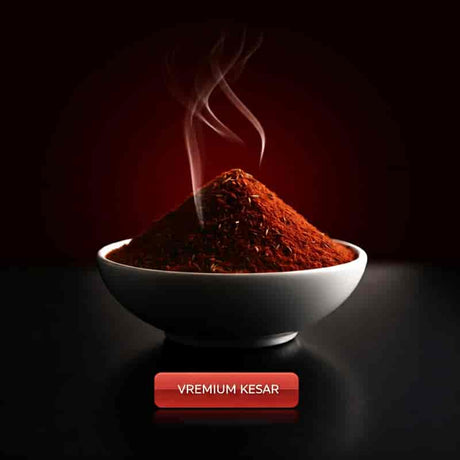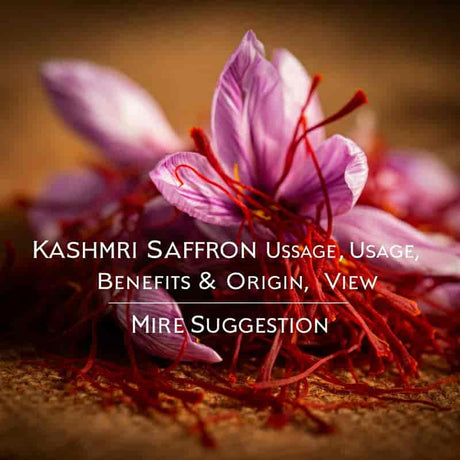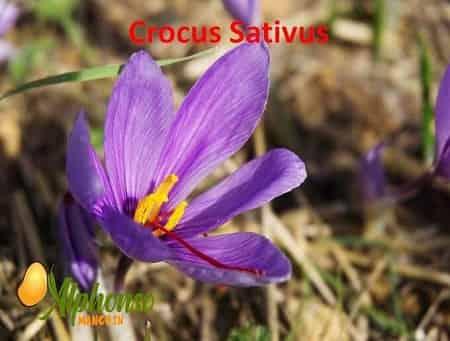
Saffron: The Golden Spice of Tradition
By Prashant Powle
Saffron: The Golden Essence of Flavour and Tradition It is known as the Golden Spice, Kashmiri Kesar, Kumkumapuvvu or Keshar and has a long history. It has been critical to many...
Read moreTaste the real Alphonso Mango SHOP NOW.

By Prashant Powle
Saffron: The Golden Essence of Flavour and Tradition It is known as the Golden Spice, Kashmiri Kesar, Kumkumapuvvu or Keshar and has a long history. It has been critical to many...
Read more
By Prashant Powle
Saffron Benefits, Uses & Origin Saffron is known as the "red gold spice." It has a long history and is essential in cooking because of its unique flavour. This prized...
Read more
By Prashant Powle
Crocus Sativus Online We get the spice saffron from Crocus sativus or saffron crocus flower, a plant from the Iridaceae family. Crocus Sativus Buy Online The term autumn crocus is also used...
Read more
By Prashant Powle
Know the Saffron synonyms. Saffron, One of the world's most expensive spices, is known by multiple names. In each region, the language changes every 40 km in India; hence, there...
Read more